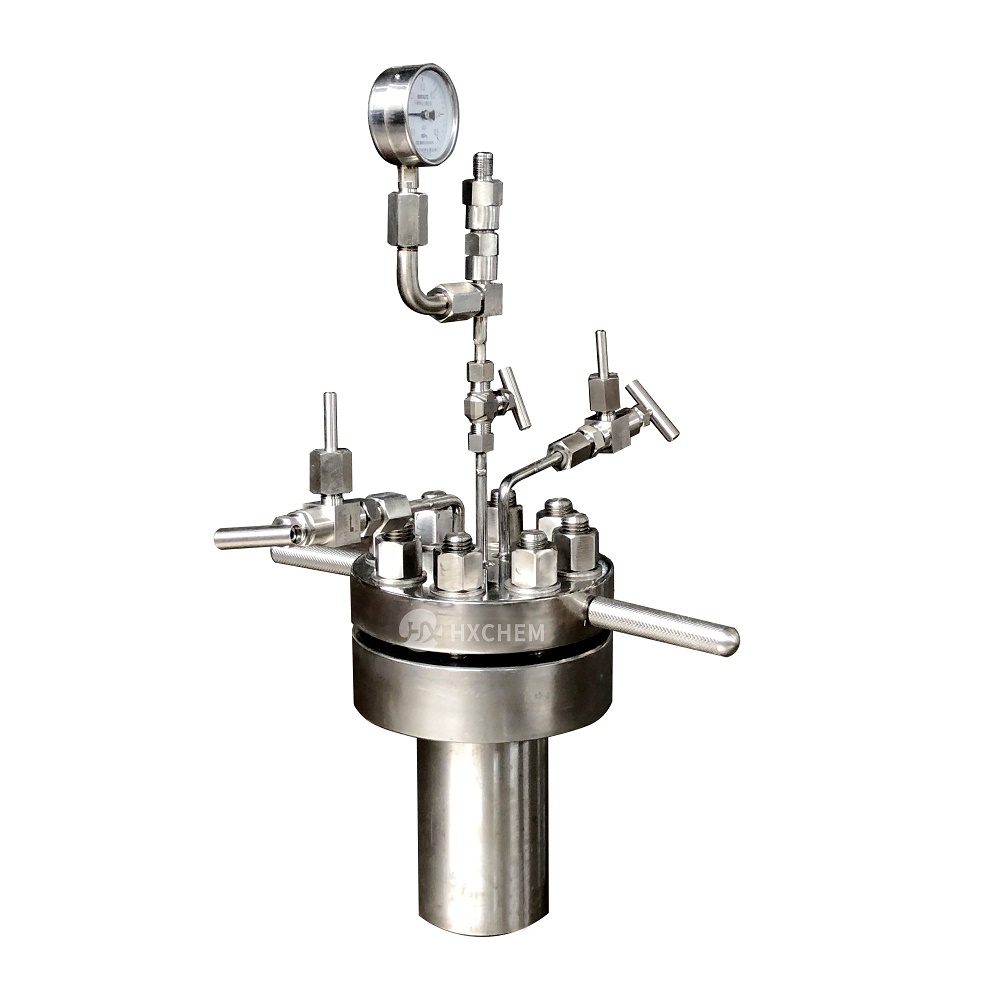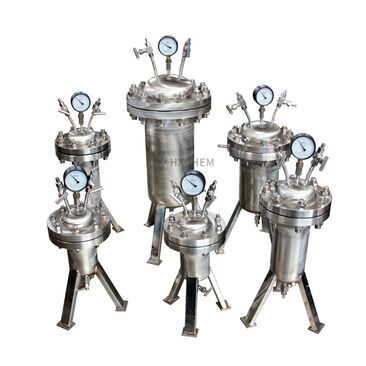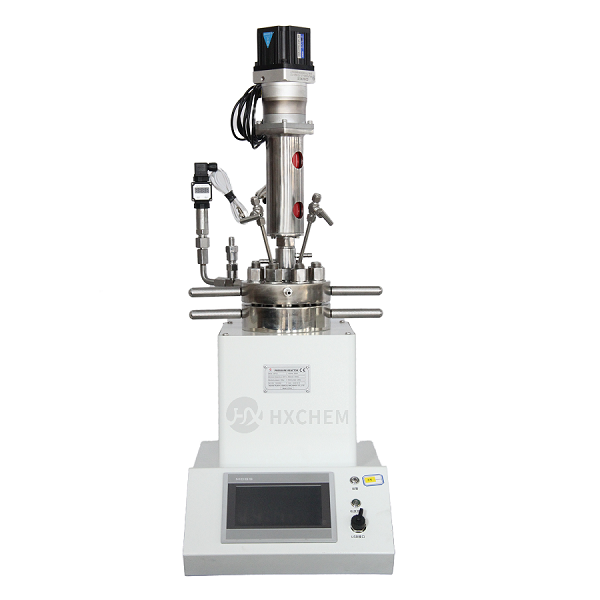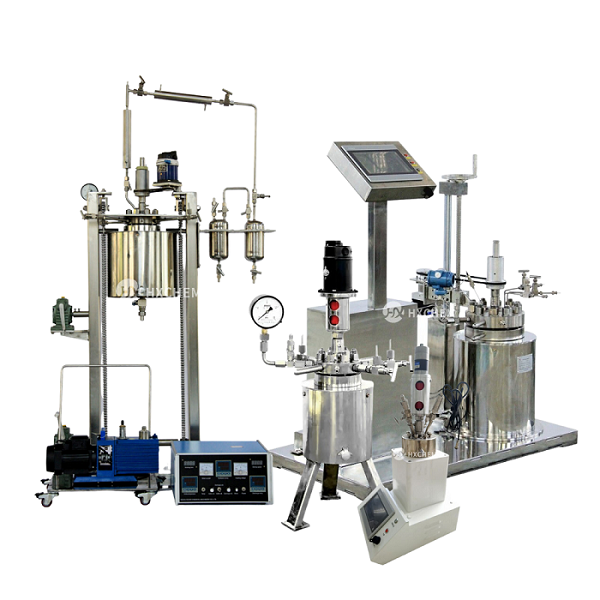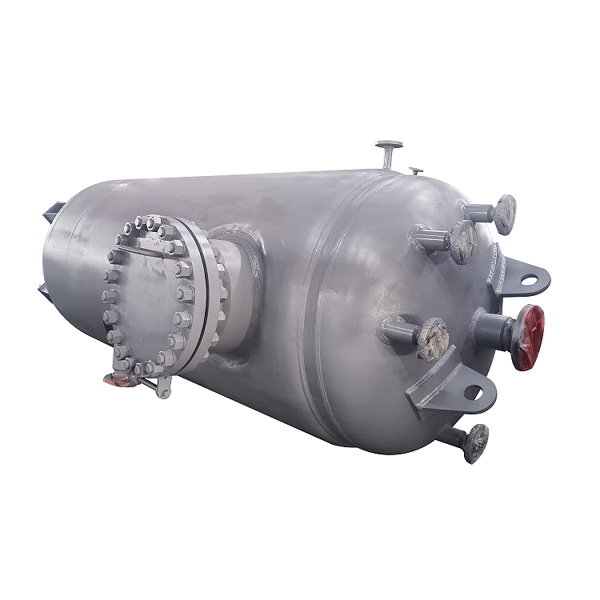Product recommendation
Pressure vessels & tanks supplier and manufacturer
HXCHEM designs and fabricates ASME coded and non-coded pressure vessels in the China.
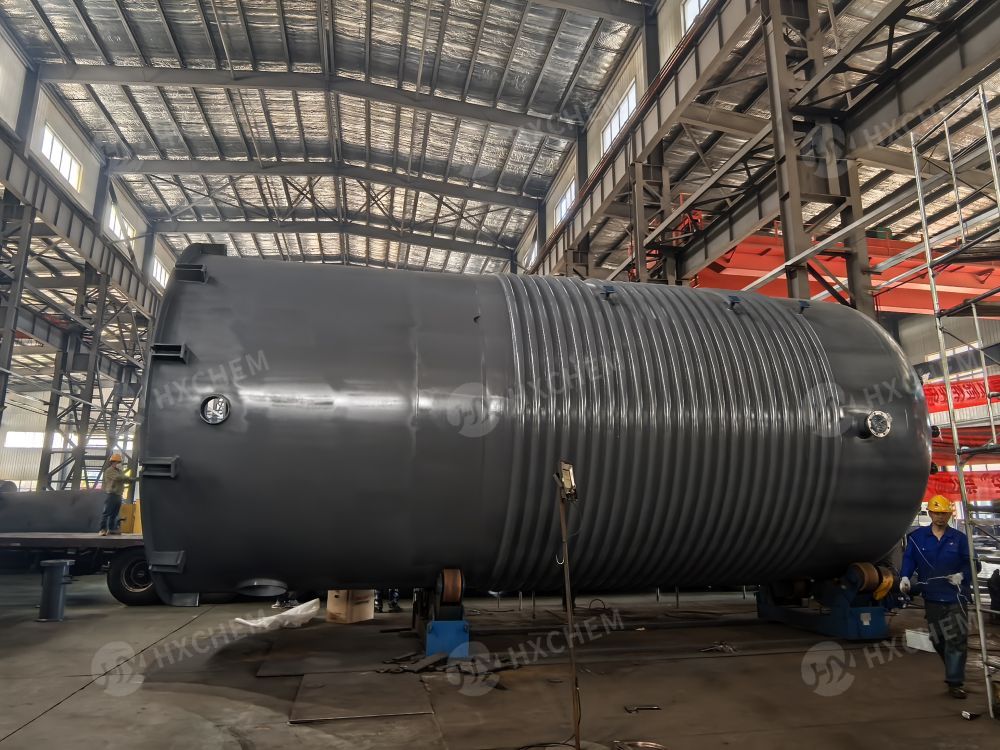
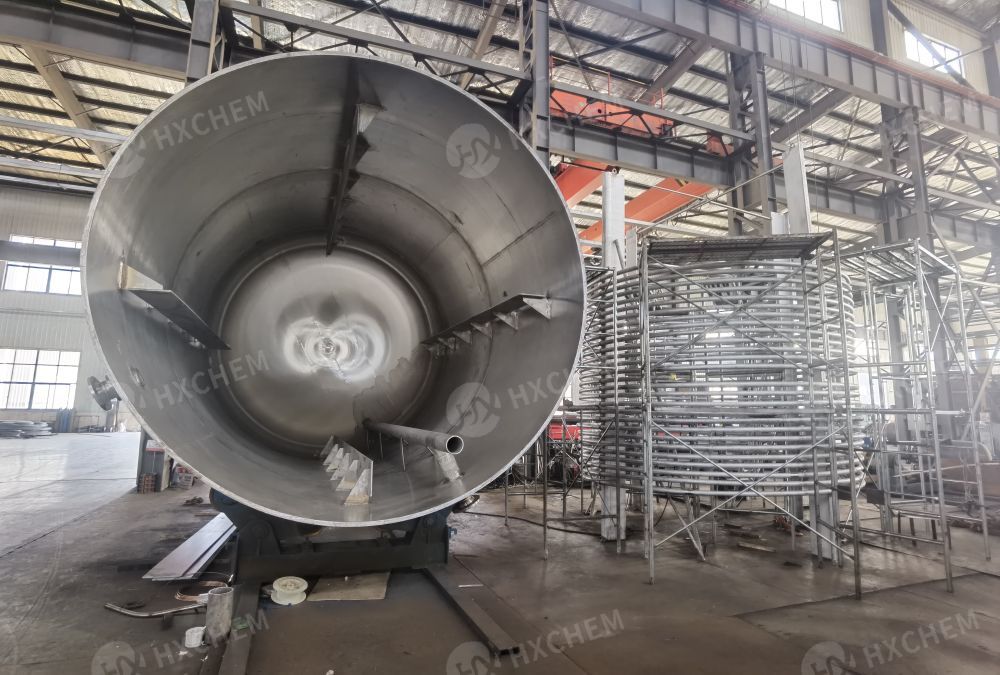
Pressure Vessel Offerings
HXCHEM fabricates stainless steel pressure vessels and tanks for numerous industrial applications, ranging in size from 4 inches to 8 feet in diameter and up to 30-feet in length. We design and fabricate:
Coded and Non-Coded Pressure Vessels
Stainless Steel Pressure Tanks
Skidded pressure unit; Skidded Process Units
Liquid storage Tanks
Mix Tanks
Scrubbers
Air Receivers
Various types of custom stainless steel pressure vessels
Cladding vessels;
Gas storage tanks
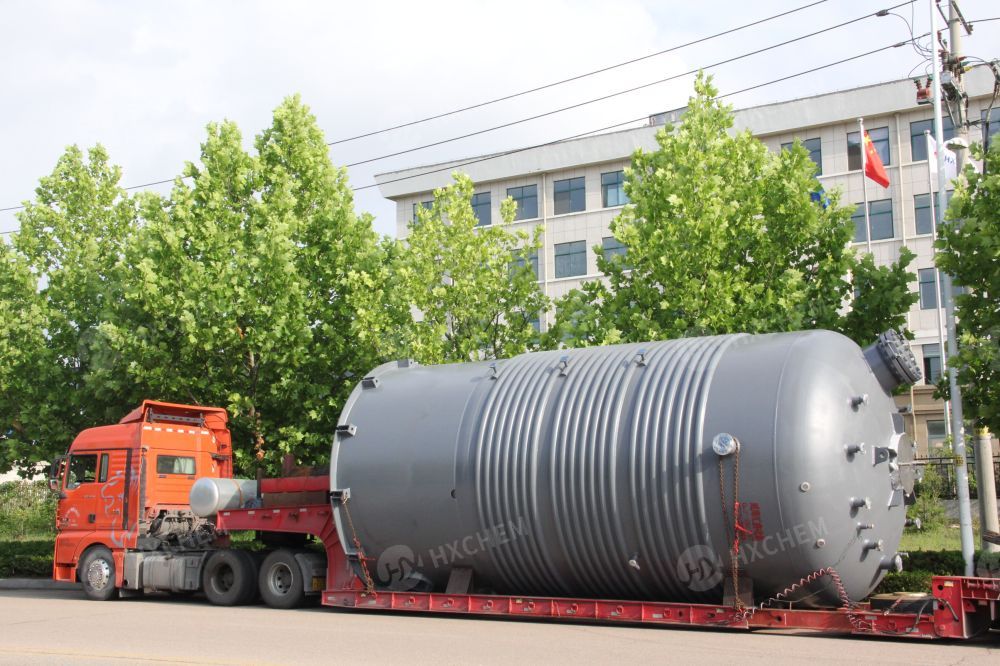
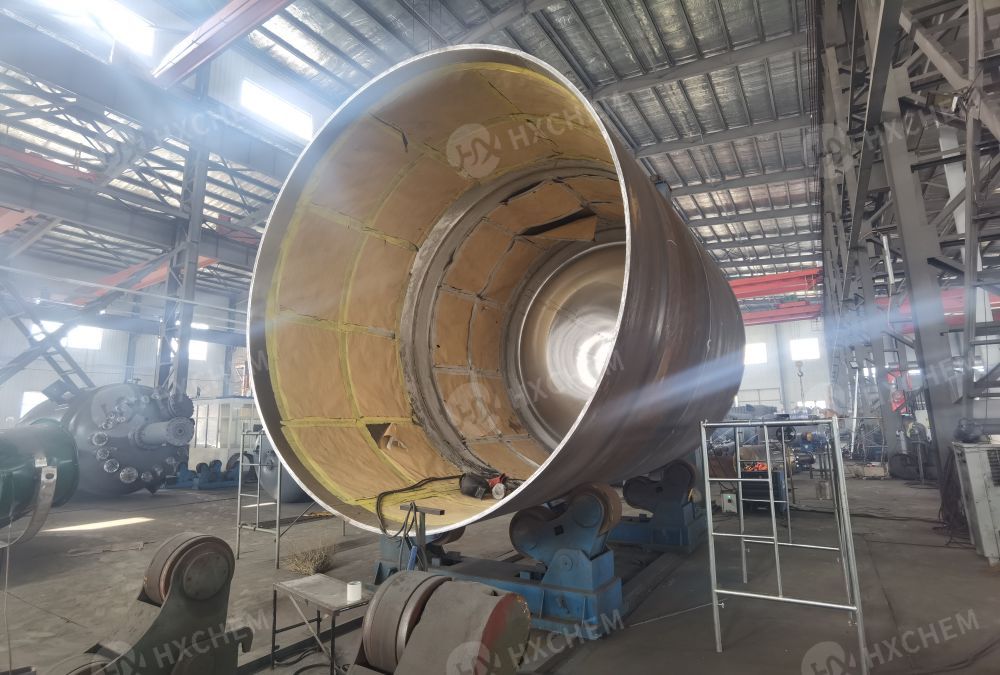
The process begins with engineers developing a meticulous design based on the specific requirements of the intended application and the guidelines outlined in the ASME Code. Considerations include materials, dimensions, thickness, and other critical design parameters.
Material Selection
The choice of materials is a critical aspect of ASME pressure vessel fabrication. The ASME standards specify acceptable materials and their properties to ensure that the vessel can withstand the intended operating conditions. Materials must be selected with a focus on durability, corrosion resistance, and other relevant factors.
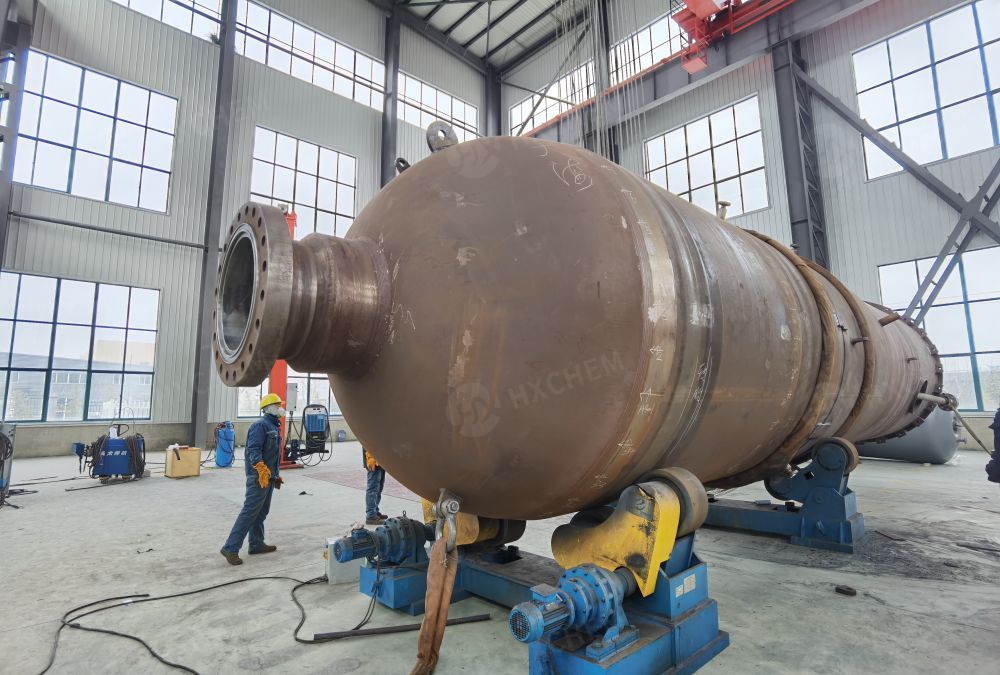

Fabrication
Skilled welders and fabricators then undertake the fabrication process. They follow the approved design and use the selected materials to construct the pressure vessel. This involves cutting, shaping, and welding the components together in accordance with ASME requirements, emphasizing precision and quality.
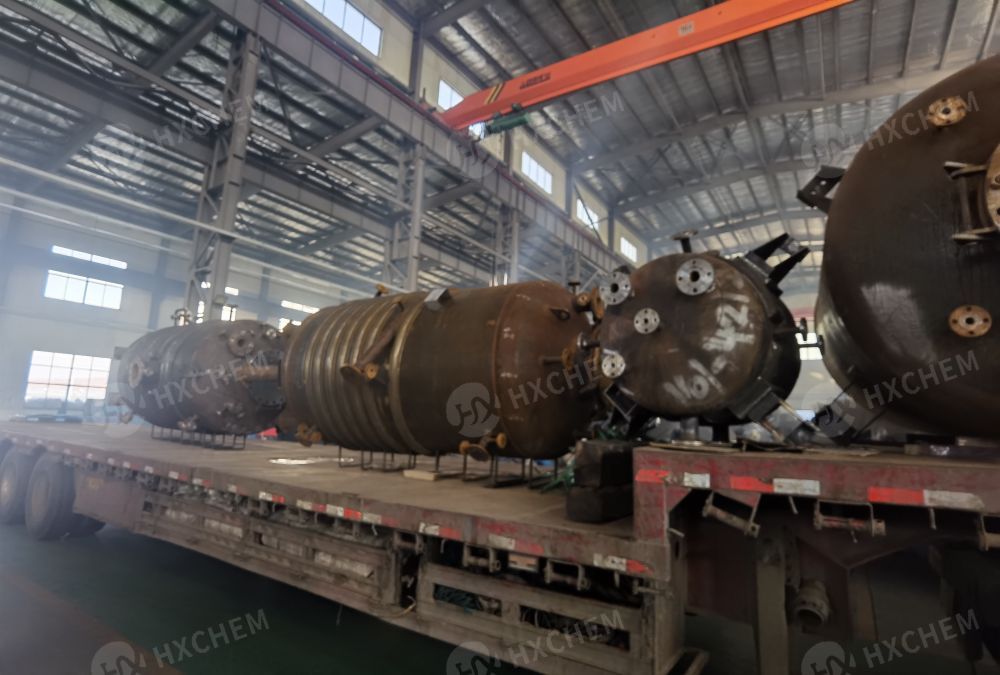
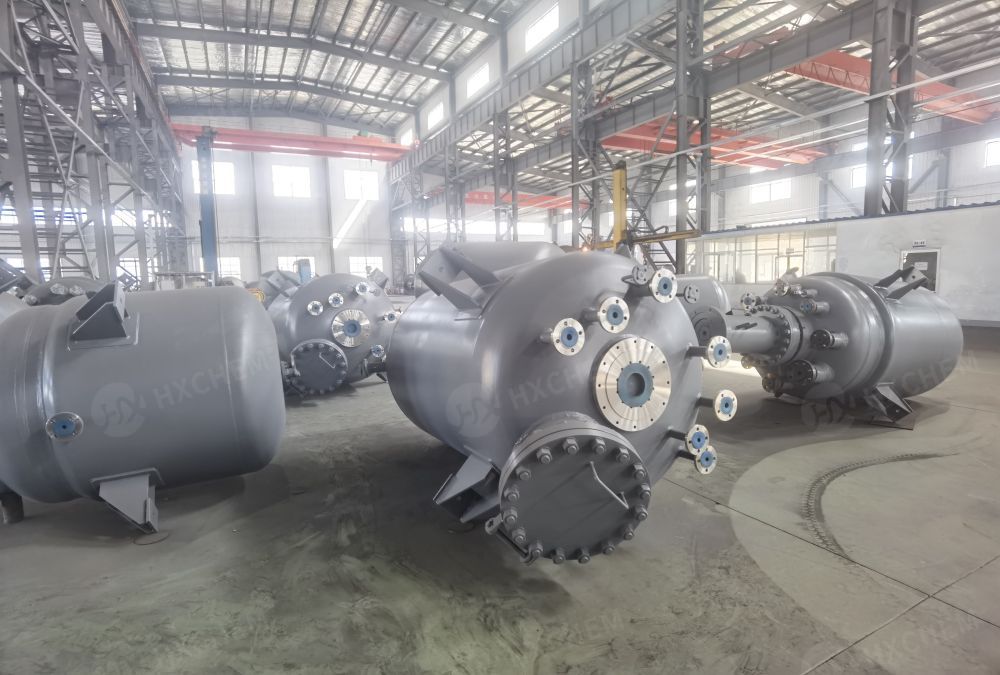
Welding Procedures
ASME provides specific guidelines for welding procedures, including welder qualifications, welding processes, and inspection requirements. Welding is a critical aspect of pressure vessel fabrication, and it must be performed to meet the highest quality standards to ensure the structural integrity of the vessel.
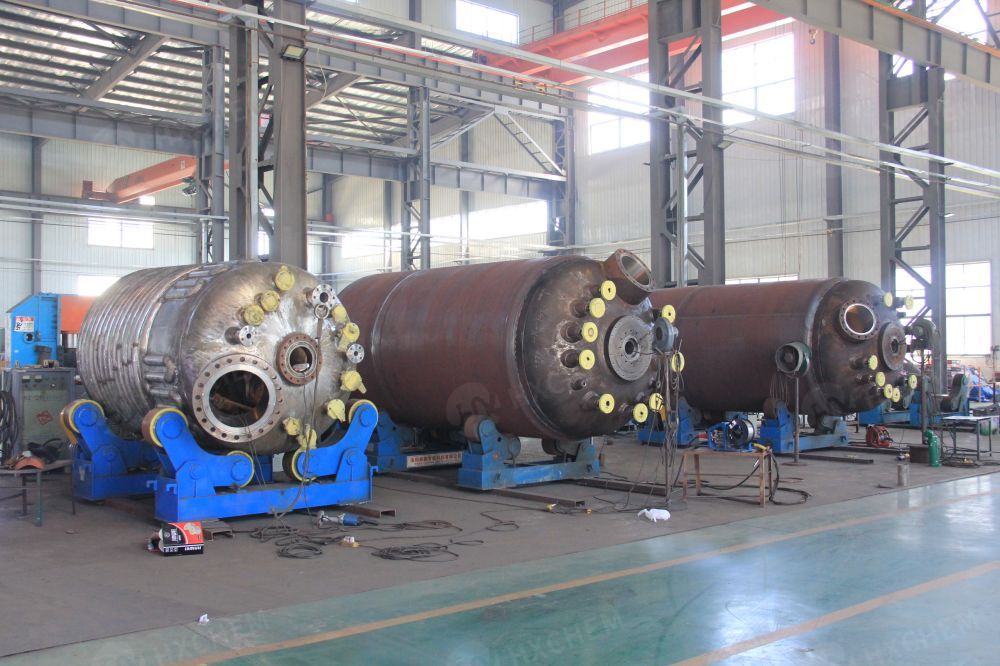
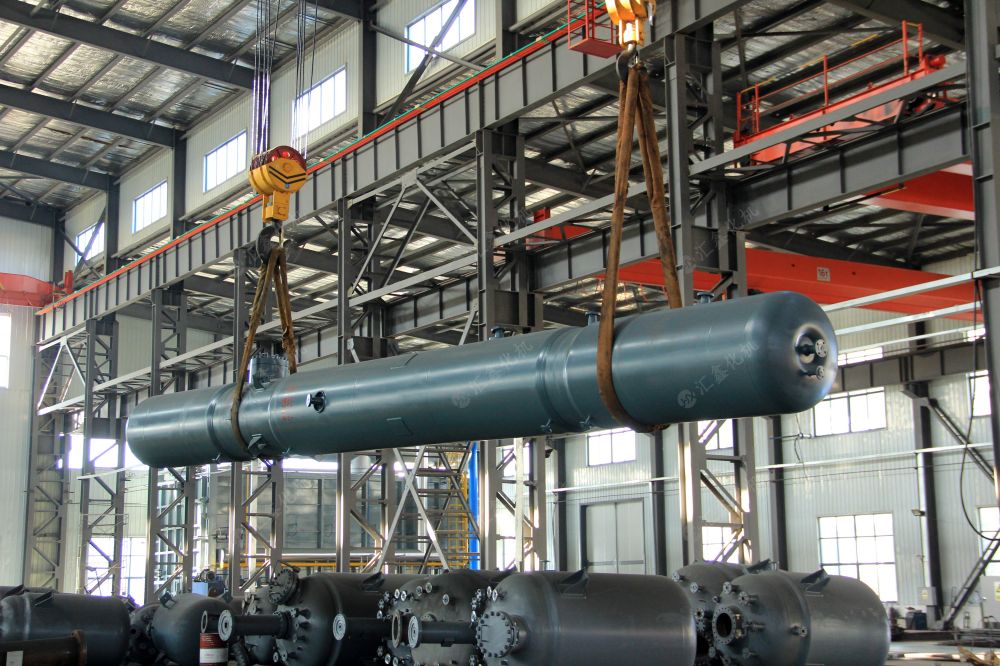
Non-Destructive Testing (NDT)
Various non-destructive testing methods, such as radiographic testing, ultrasonic testing, and magnetic particle testing, are employed to inspect welds and assess the overall integrity of the pressure vessel. These tests help identify potential defects that could compromise the vessel's performance, ensuring a high level of quality control.
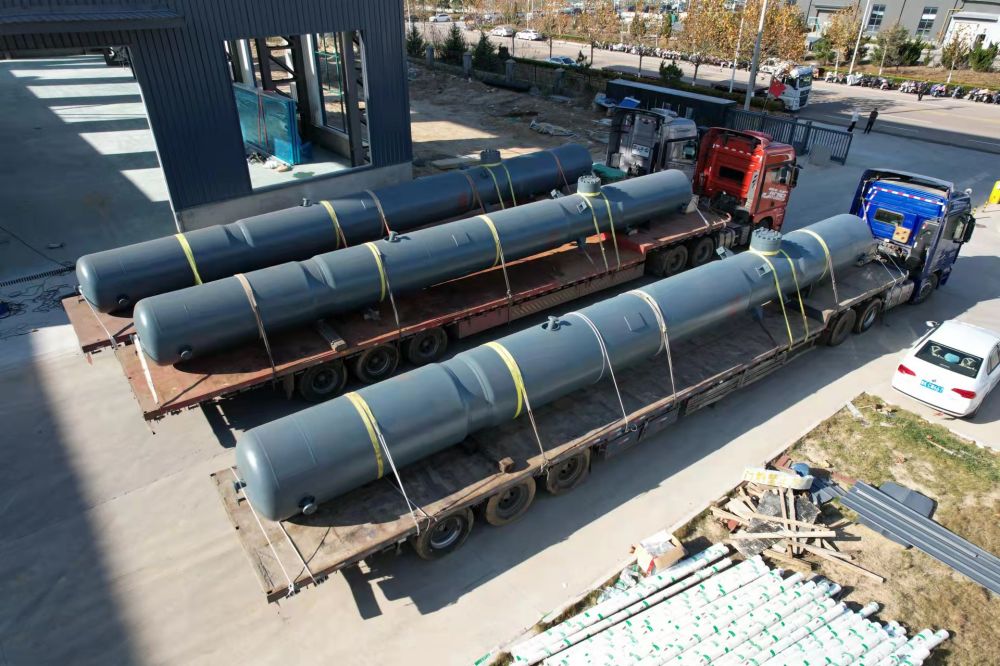
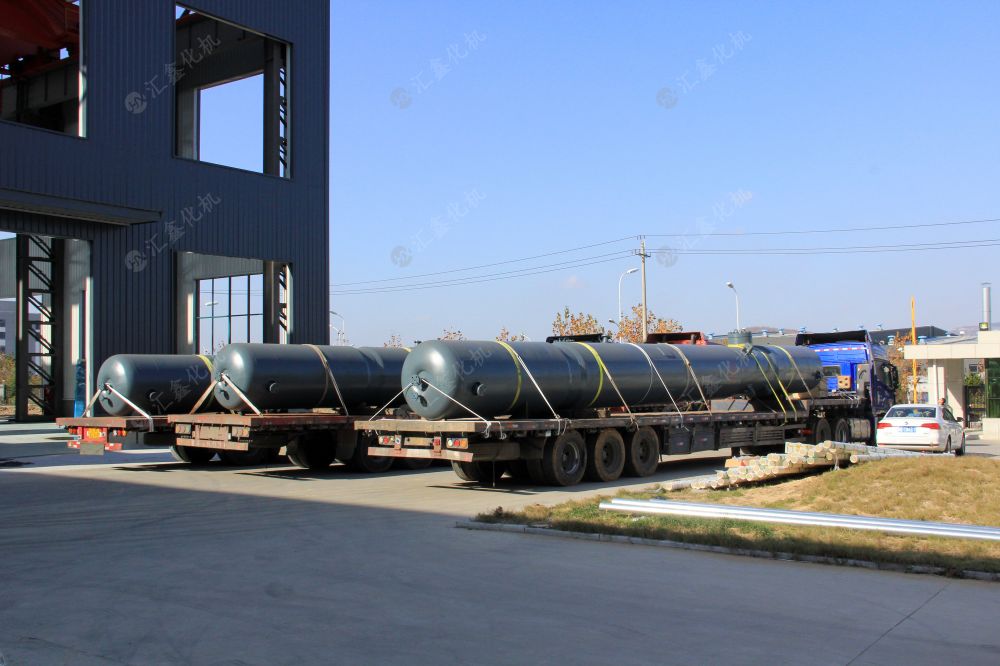
Quality Control and Inspection
Rigorous quality control measures are implemented throughout the fabrication process. Inspectors, often certified by ASME, examine the vessel at different stages to ensure compliance with the ASME Code. This includes thorough inspections of materials, welds, and other critical components.
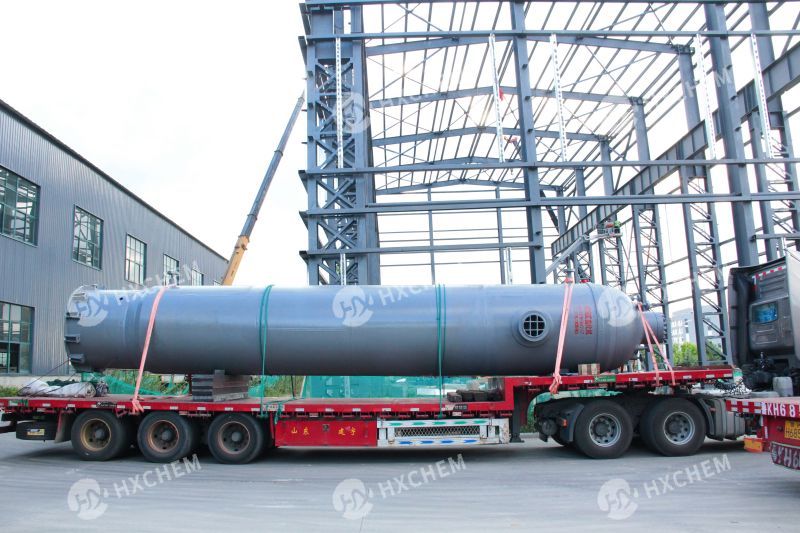

Documentation
Comprehensive documentation is prepared to demonstrate compliance with ASME standards. This includes material certificates, welding procedure specifications, inspection reports, and other relevant documentation. Accurate record-keeping is essential for traceability and future reference.
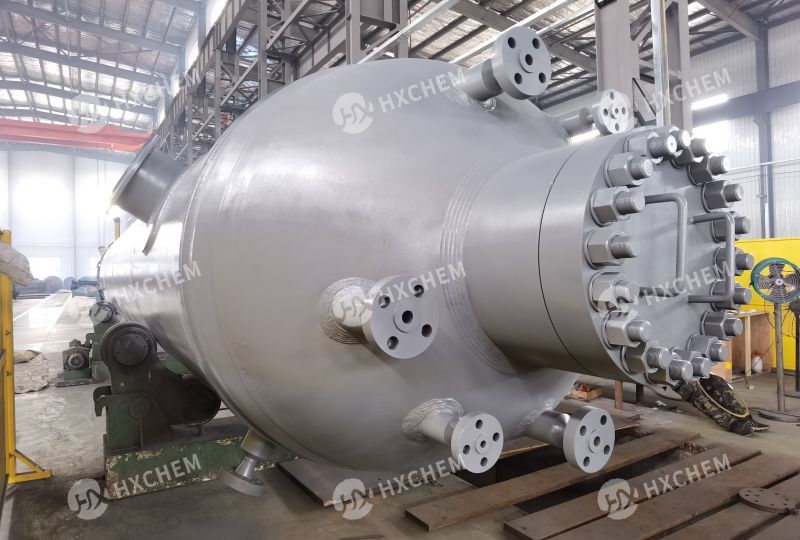
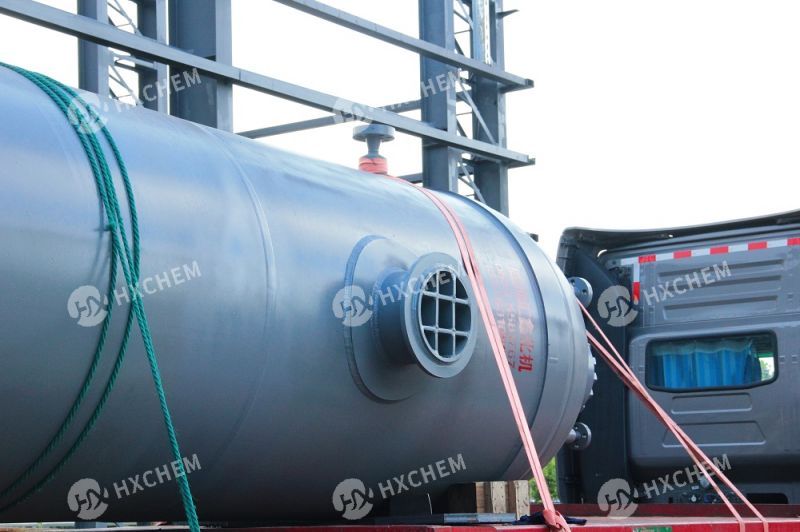
Stamping and Certification
Upon successful completion of the fabrication process and compliance with ASME standards, the pressure vessel is stamped with the appropriate ASME certification mark. This mark signifies that the vessel has been designed, fabricated, and inspected in accordance with ASME standards, ensuring confidence in its reliability and safety.

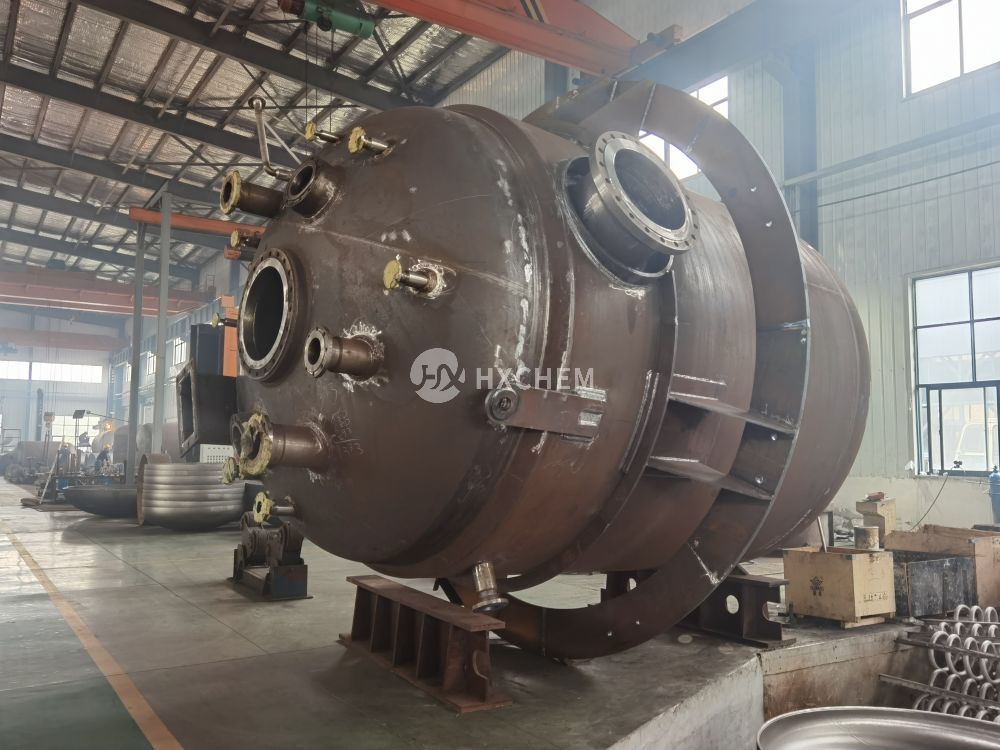
Conclusion
ASME pressure vessel fabrication is a highly regulated and controlled process that prioritizes safety and reliability. Adherence to ASME standards throughout the design and fabrication stages helps prevent accidents, ensures the structural integrity of the vessel, and promotes consistency in the fabrication of pressure vessels across variou.
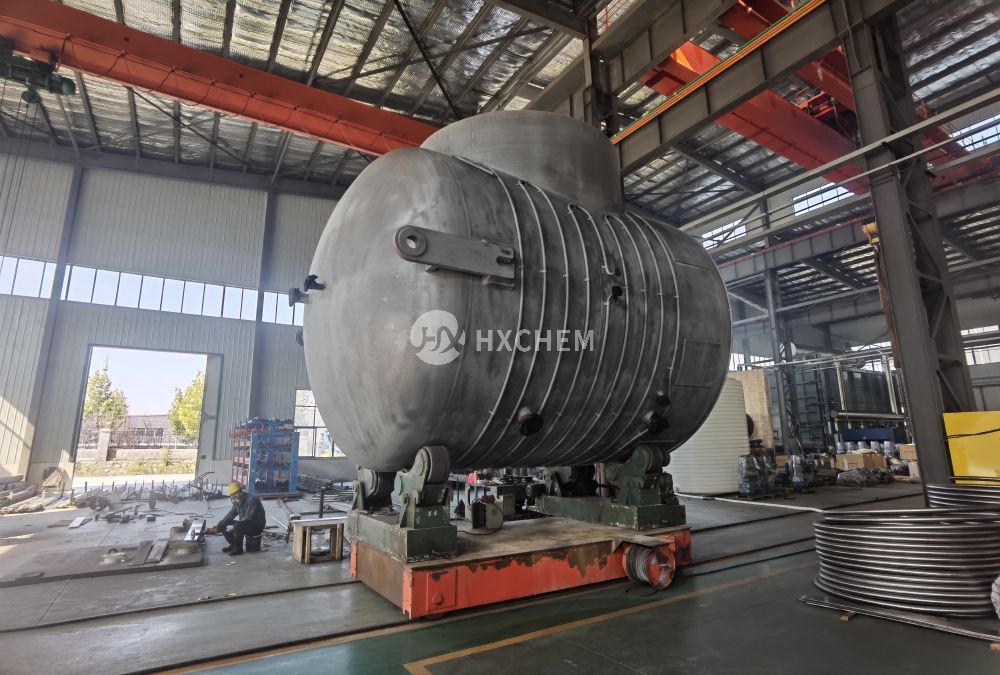
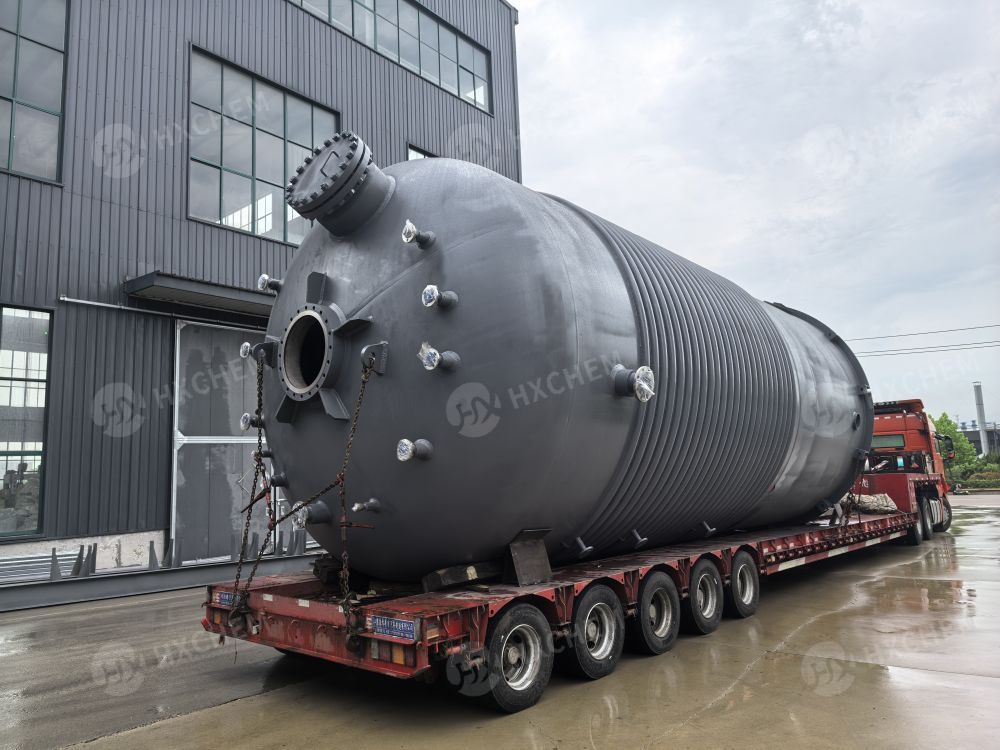
Please visit product page for more information
-
Laboratory pressure vessels
Lab pressure autoclave reactor vessels/ Non stirred pressure vessel/ Non stirred pressure autoclave/ Non stirred pressure reactor/ Non stirred hydrothermal reactor/ Pressure reactor / Laboratory pressure vessels/Lab pressure vessels/ laboratory pressure autoclaves Voume: 50ml - 5liters Pressure: -1(FV) - +350bar Temperature: 20 °C to +500 °C Material: SS304, SS316, other alloys
More


